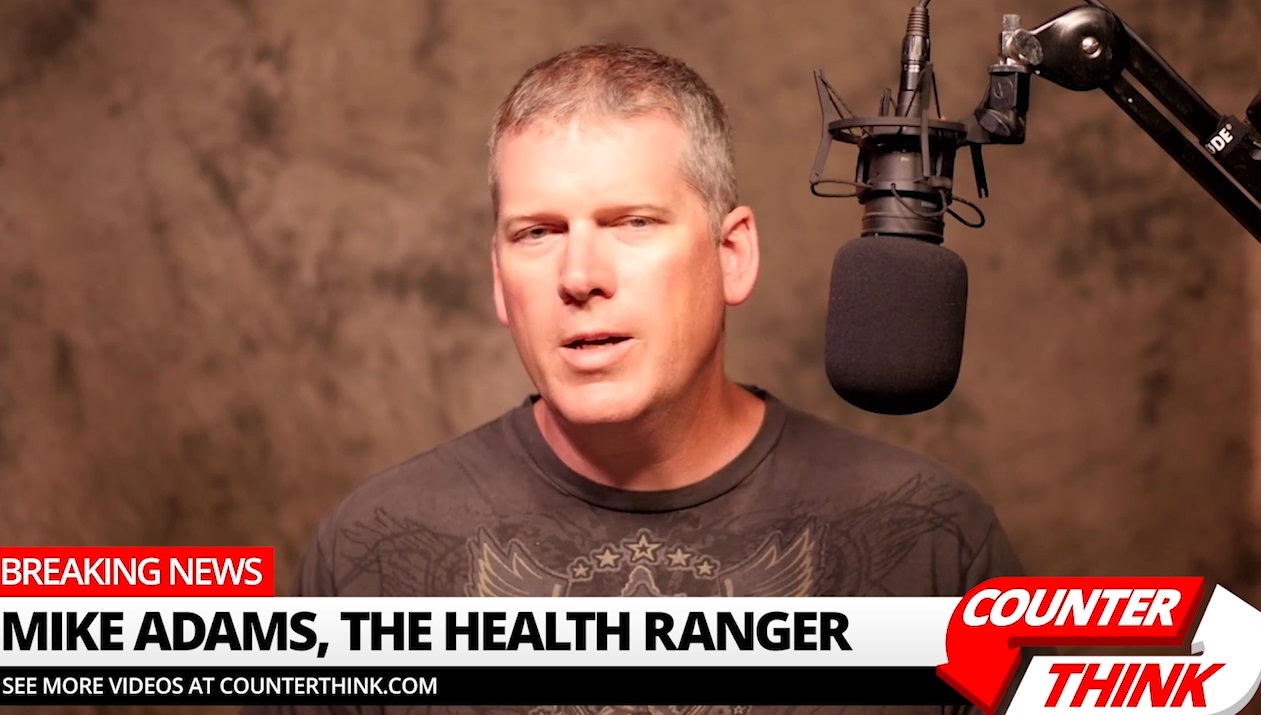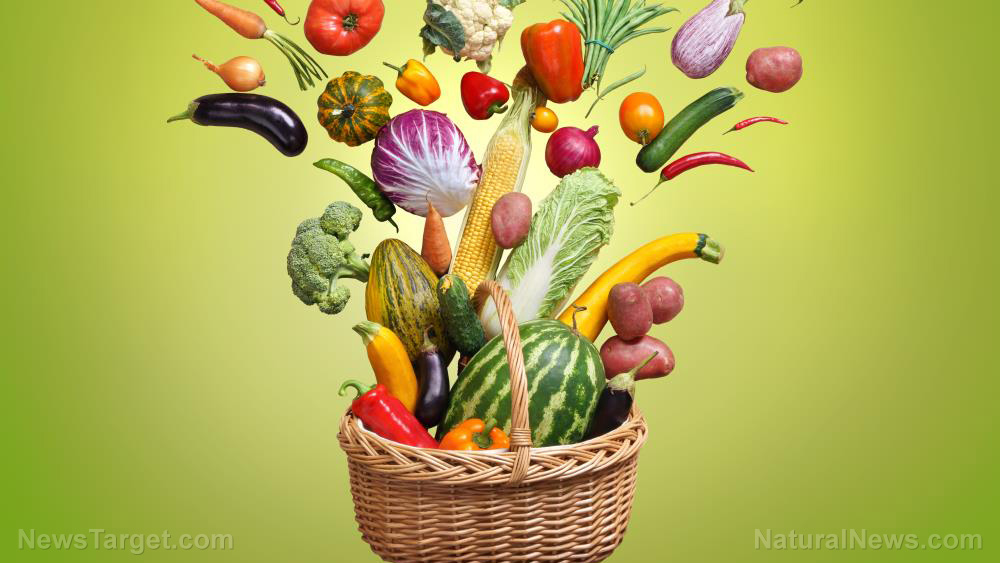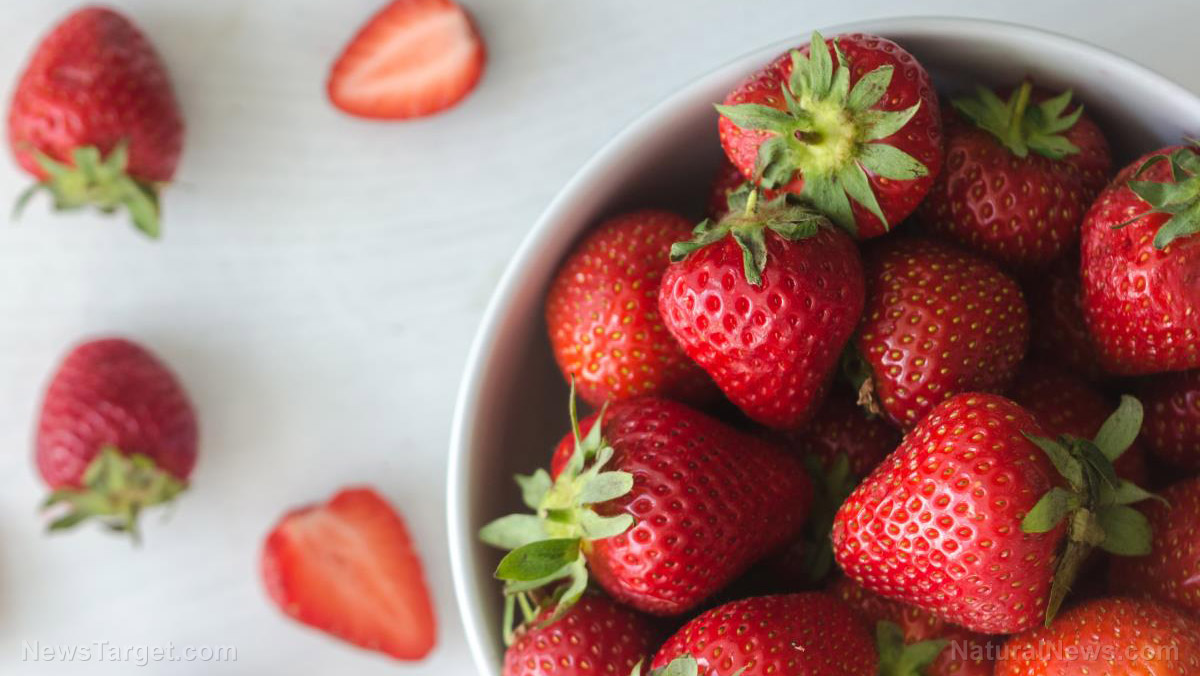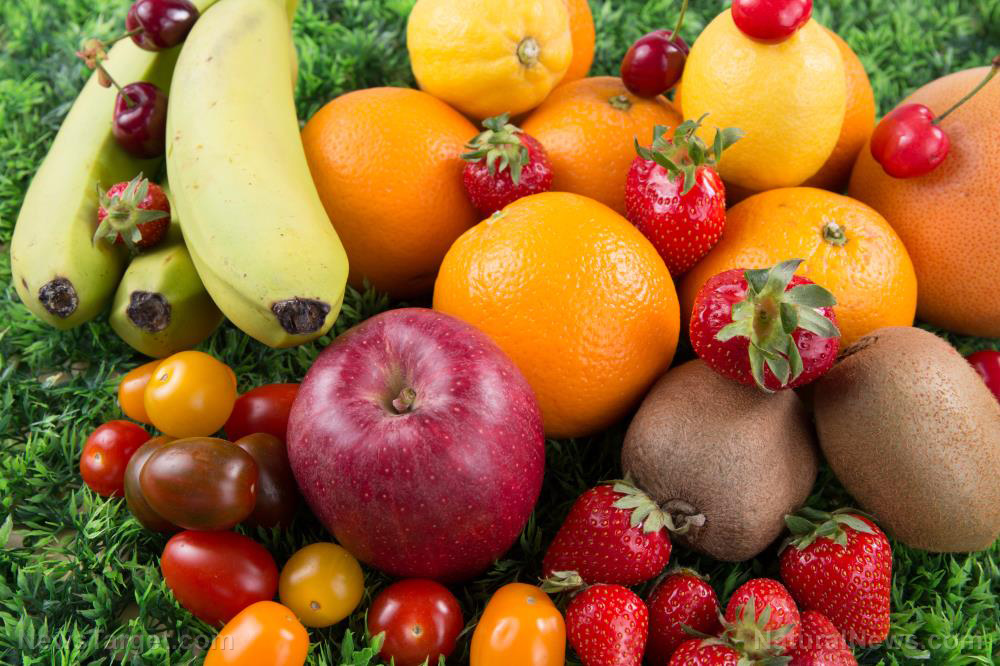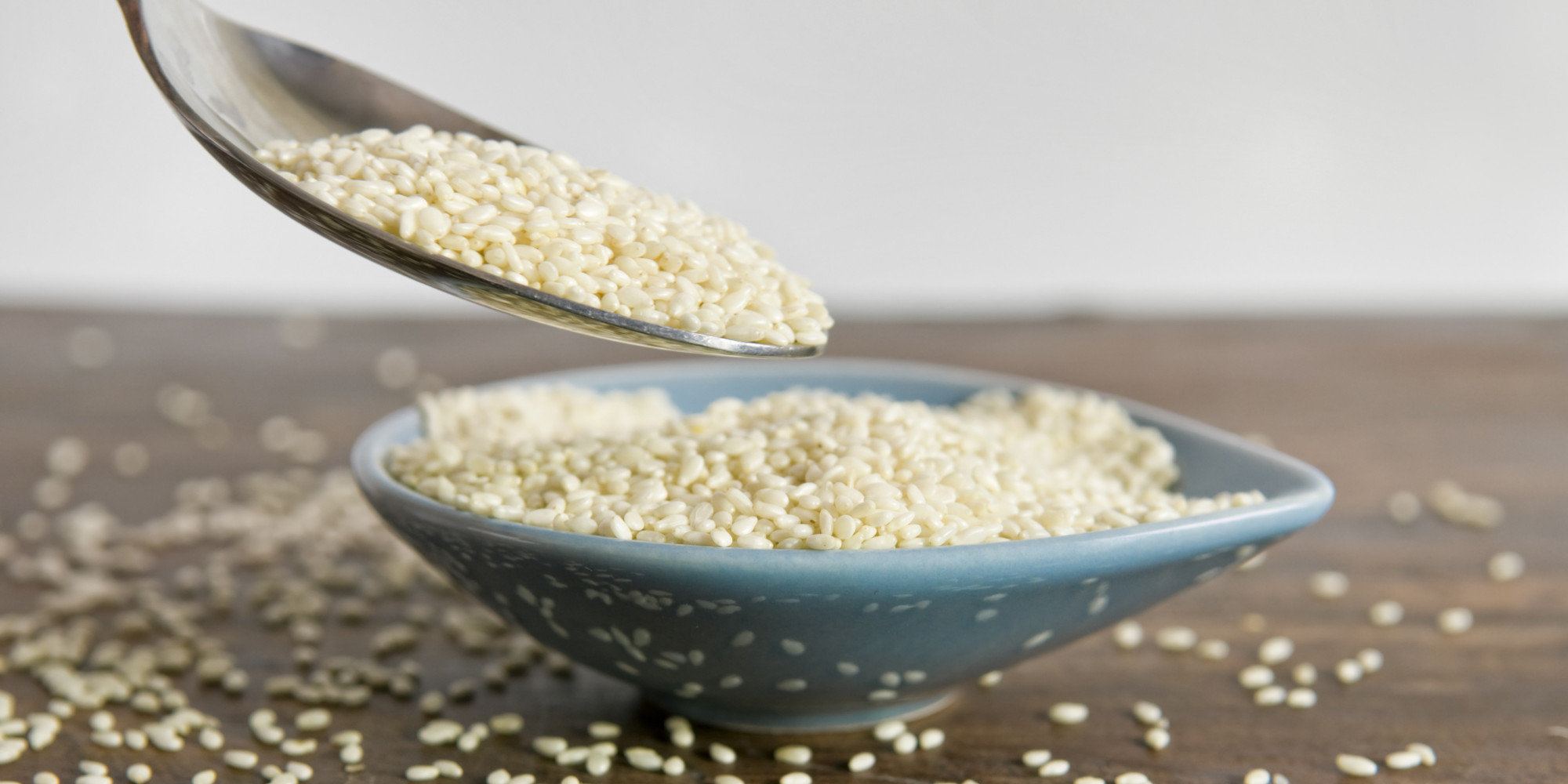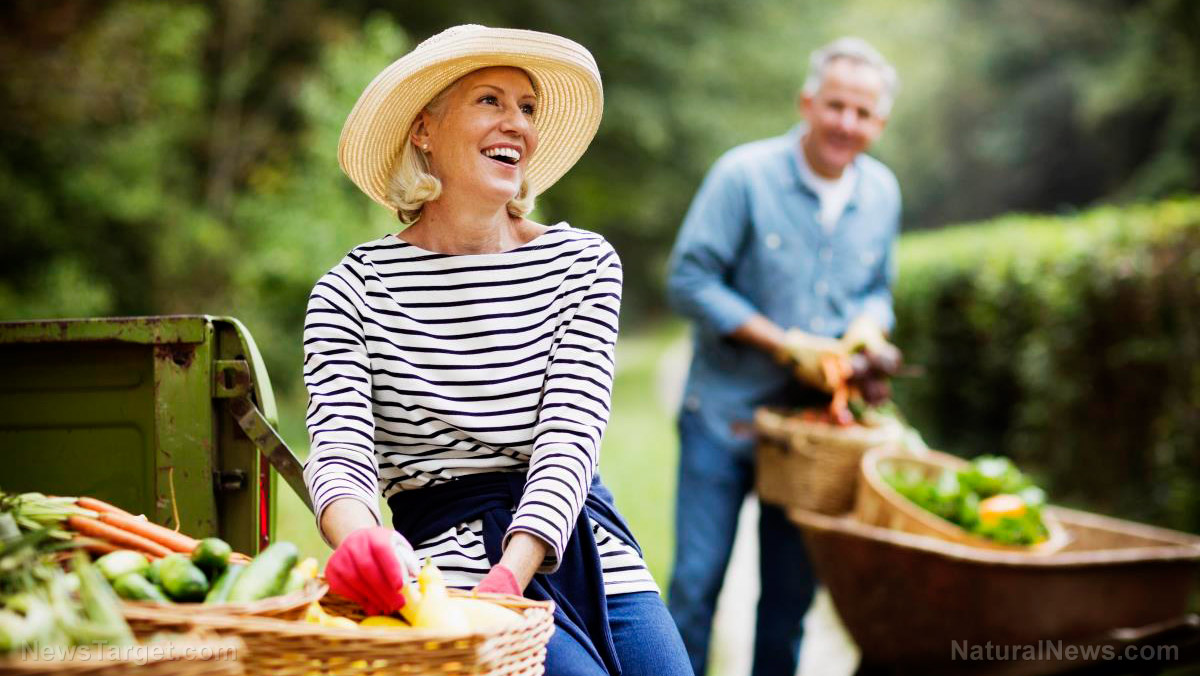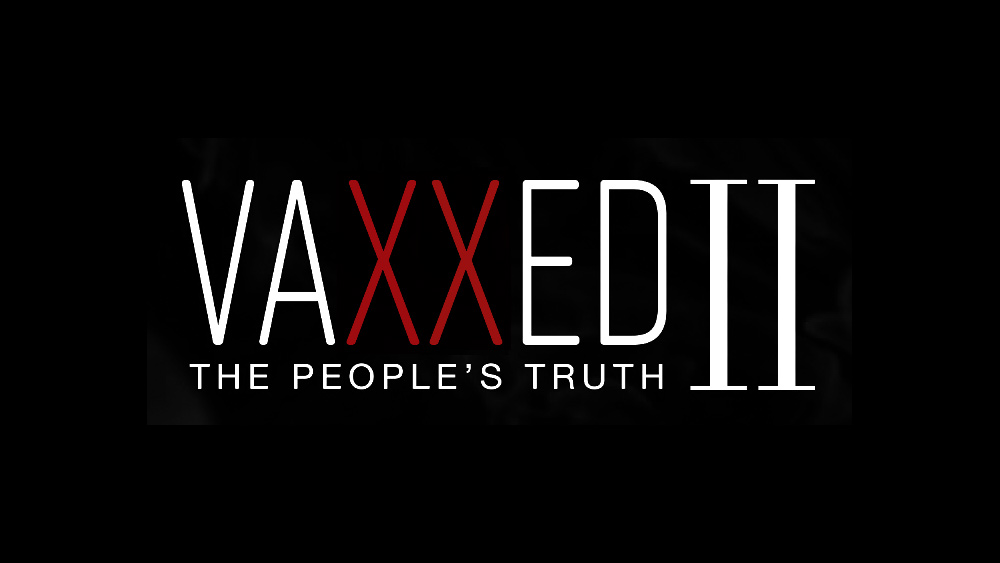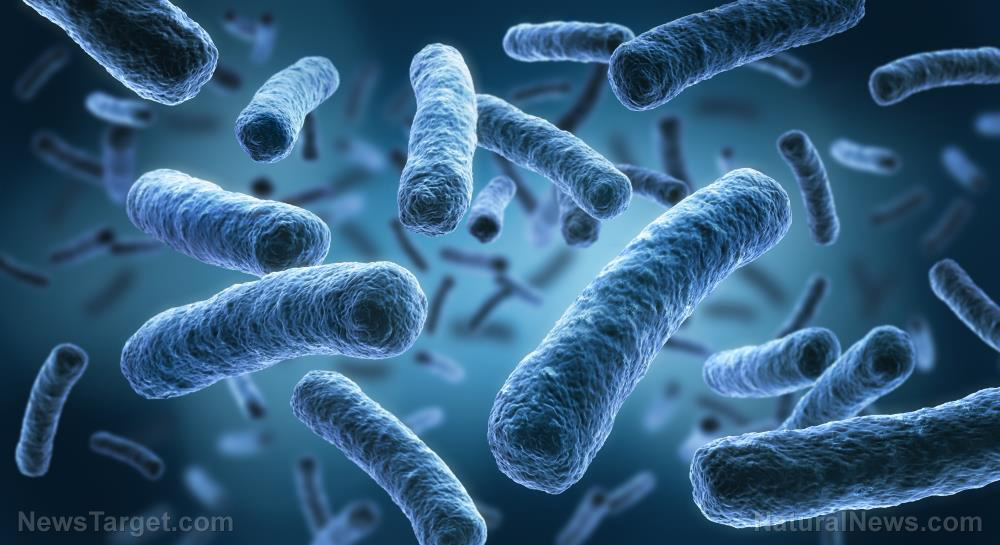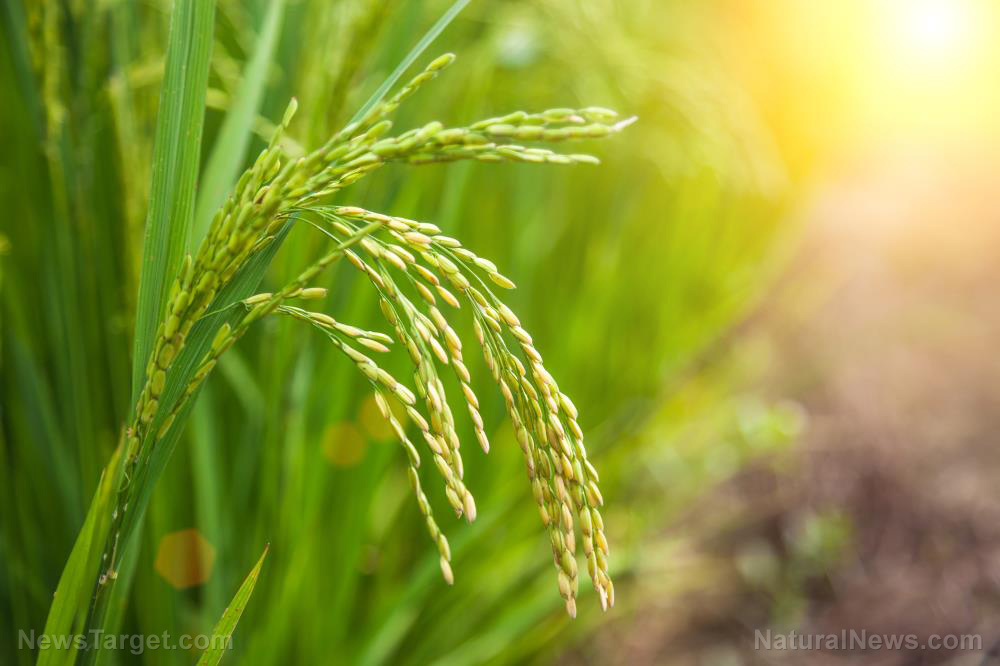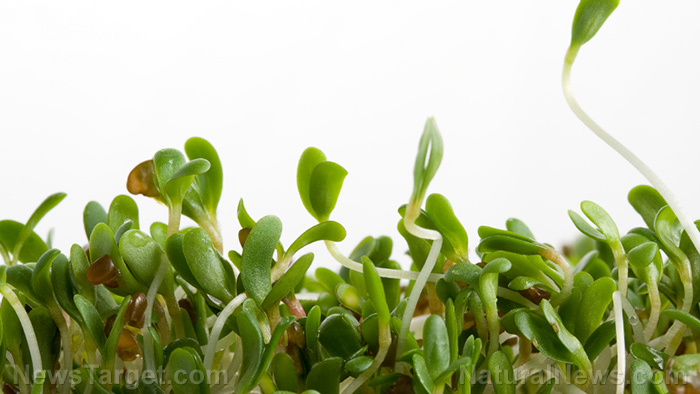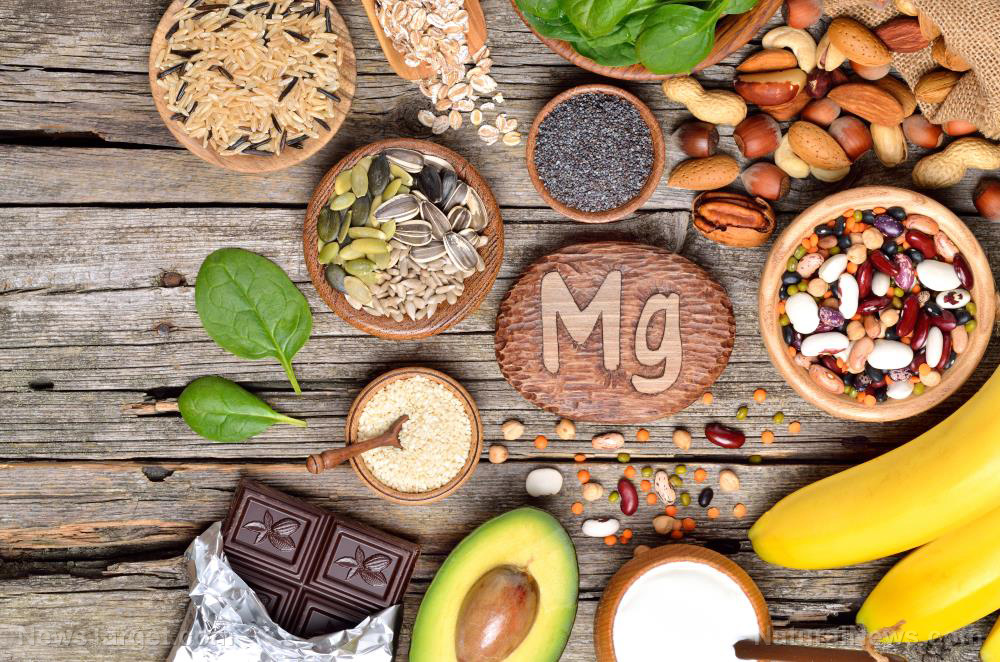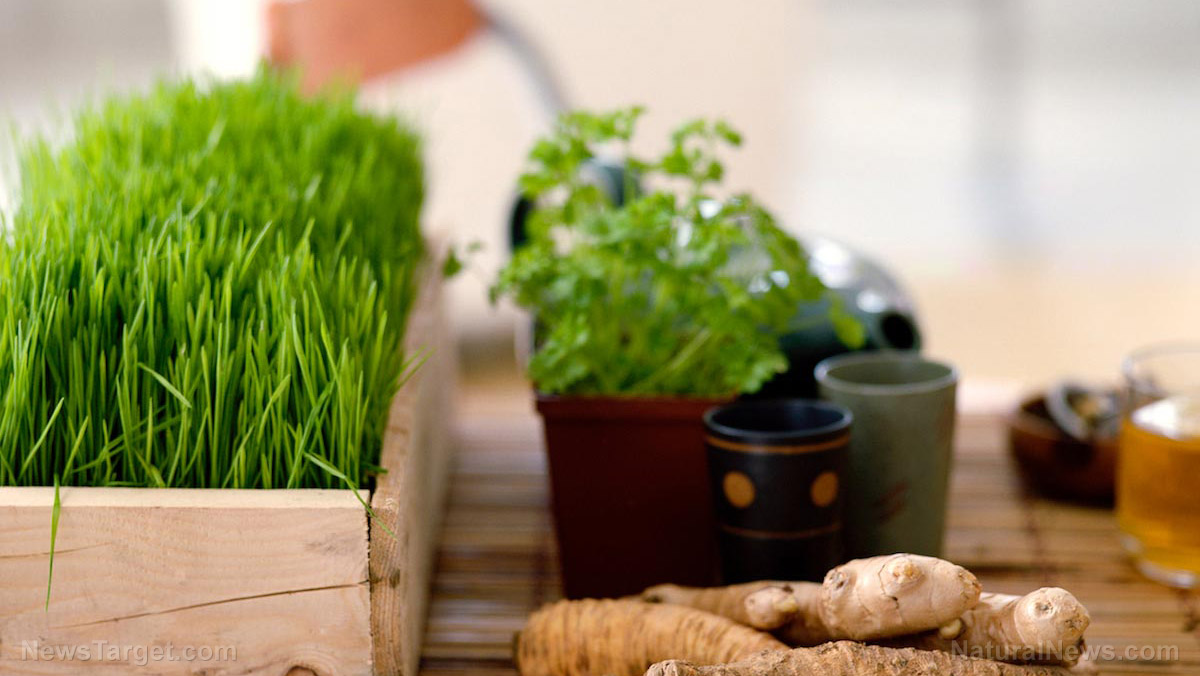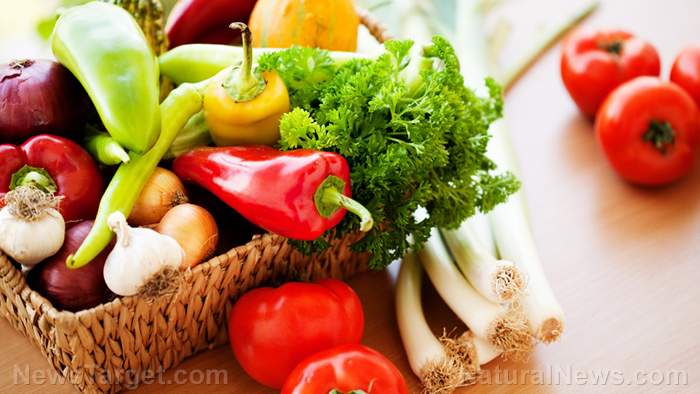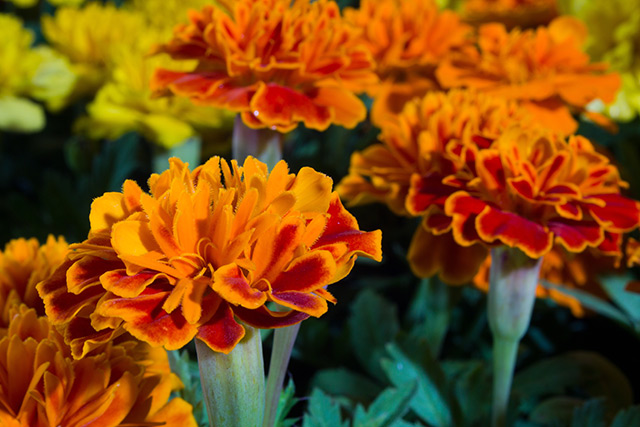New Jersey indoor farm can grow plants all year long while using 95 percent less water than outdoor farms, with no pesticides at all
04/05/2018 / By David Williams
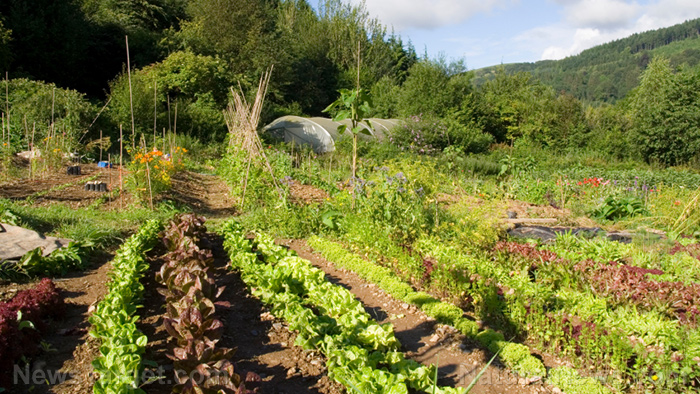
There’s something special about a new farm in Kearny, New Jersey. Headed by a former techie turned farmer, Bowery Farming is uniquely poised to serve as the blueprint for future farms with a focus on sustainability and reliability. More specifically, by applying clever new methods, the CEO and founder of Bowery Farming, Irving Fain, has created what might well be the most productive land-based farm in existence.
Technically an indoor farm, Bowery Farming is unlike anything you’ve ever seen before. It doesn’t require the use of huge tracts of land and uses less than water than practically every other farm out on the planet. And yet its founder says it’s able to grow 365 days each year, regardless of any outside factors. It’s a serious operation that shows how well a system can work if prepared with proper planning and executed as well as possible.
According to Fain, their methods have allowed them to operate Bowery “totally independent of weather and seasonality.” And that’s just one of its many advantages. “On top of that though, we grow pesticide-free and agrochemical-free food. We grow more crop cycles per year than the field does, and we get more yield per crop every crop cycle,” he explained. “So not only do we grow more than 100 times plus more productively than the same square feet of farmland, but we also save over 95 percent of the water when we’re growing.”
The secret to Bowery’s ability to sustain its crops while using much less water than you might expect it to lies in a technique they use to operate. “At Bowery we grow hydroponically and that means that roots of our crops are actually dangling down into water, and so they’re not only immersed in that water and are able to take up that water when they need it, but the nutrients that those plants need is also in the water itself,” he said.
Mother Nature's micronutrient secret: Organic Broccoli Sprout Capsules now available, delivering 280mg of high-density nutrition, including the extraordinary "sulforaphane" and "glucosinolate" nutrients found only in cruciferous healing foods. Every lot laboratory tested. See availability here.
(Related: Organic farming explodes 13%… Biggest growth since 2008).
“The elimination of synthetic pesticide chemicals means food can be produced with enhanced safety for agricultural workers as well as providing safer food products for consumers,” added Mike Adams, the Health Ranger, author of Food Forensics and publisher of Food.news. “What Bowery is demonstrating is the ability to grow very large amounts of food in limited space, without the need for toxic pesticides and herbicides that are causing epidemics of cancer and Alzheimer’s disease in modern food consumers,” he added.
In order to keep all things running smoothly, Fain said they rely on something they call the Bowery Operating System (Bowery OS) which acts as the brains of the farm. According to Fain, the OS is the one that stays on top of things, and continuously takes in millions of points of data in real time which have an impact on things like the health of the plants, their quality, texture, and even yield. It also controls the taste in the flavor of the crops themselves, he added.
In addition to this all-knowing and all-powerful OS, Bowery also uses a plant vision system, which takes photos of the crops in real time for later analysis through the use of machine learning algorithms. This allows the farm to “actually understand and see what’s happening with those crops,” said Fain.
Thanks to the combination of the vision system and the OS, Bowery can easily iterate and make necessary changes to further improve on things like crop health, taste, freshness, and yield. Simply by gathering and analyzing all the different points of relevant data in real time, analyzing them acting accordingly, they are able to achieve tremendous success.
It’s a simple formula, to be sure. But it seems to be working wonderfully so far, so it’s something that’s worth emulating.
Read more about sustainable farming practices in Harvest.news.
Sources include:
Tagged Under: agriculture, Bowery Farm, Bowery OS, clean food, crops, discoveries, farming, food production, food science, food supply, food technology, indoor farm, indoor farming, organics, urban gardening, vertical farm, water conservation

